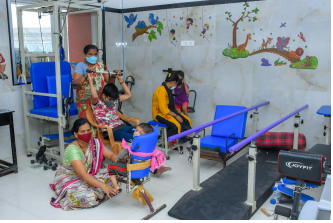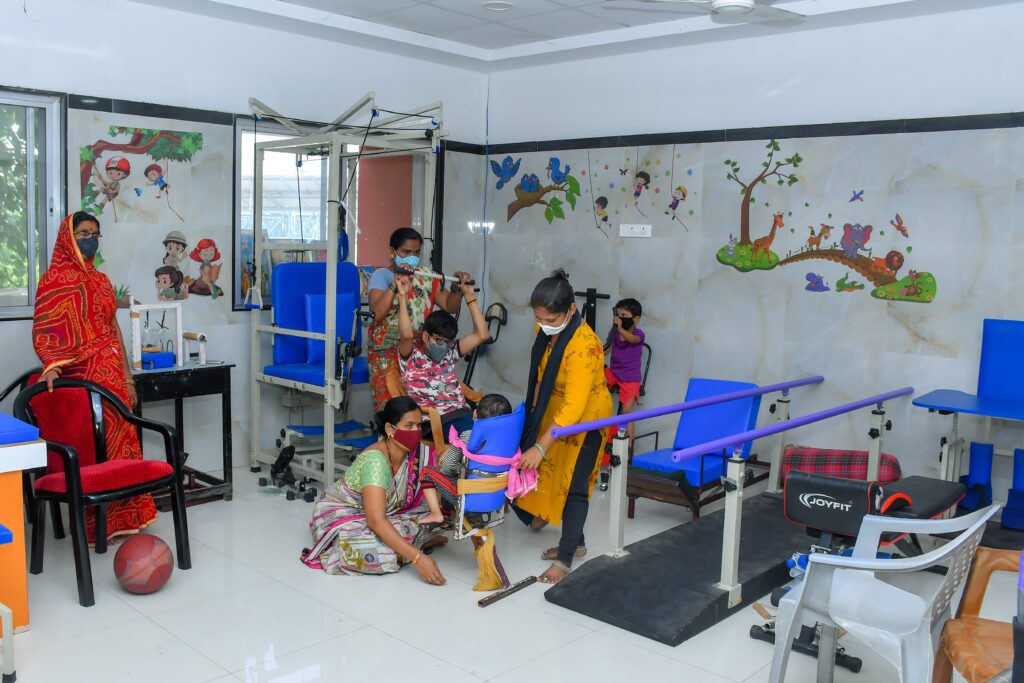Neuro Rehabilitation
Overview
Rehabilitation is a treatment or treatments designed to facilitate the process of recovery from injury, illness, or disease to as normal a condition as possible.
The purpose of rehabilitation is to restore some or all of the patient’s physical, sensory, and mental capabilities that were lost due to injury, illness, or disease. Rehabilitation includes assisting the patient to compensate for deficits that cannot be reversed medically. It is prescribed after many types of injury, illness, or disease, including amputations, arthritis, cancer, cardiac disease, neurological problems, orthopedic injuries, spinal cord injuries, strokes, and traumatic brain injuries. The Institute of Medicine has estimated that as many as 14% of all Americans may be disabled at any given time.

Precautions
Rehabilitation should be carried out only by qualified therapists. Exercises and other physical interventions must take into account the patient’s deficit. An example of a deficit is the loss of a limb.


